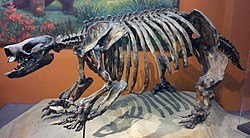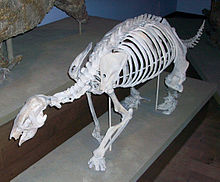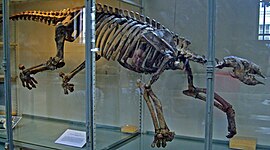According to a study, eating fruits during pregnancy increases the chance of having kids of higher IQ levels. The result showed that if pregnant mothers ate six or seven servings of fruit or fruit juice a day on average, their infants placed six or seven point on the IQ scale at one year of age.
The team examined data from 688 children and controlled for factors that would normally affect a child's learning and development such as family income, paternal and maternal education and the gestational age of the child. The mother who consumed more fruit during pregnancy gave birth to children who performed better on developmental testing at age one.
"We know that the longer a child is in the womb, the further they develop -- and having one more serving of fruit per day in a mother's diet provides her baby with the same benefit as being born a whole week later", Mandhane stated in the paper published in the journal EbioMedicine.
Mandhane teamed with co-author Francois Bolduc who researches the genetic basis of cognition in humans and fruit flies.
The findings indicated that flies born after being fed increased prenatal fruit juice had significantly better memory ability, similar to the result shown by Mandhane with one-year old infants



















